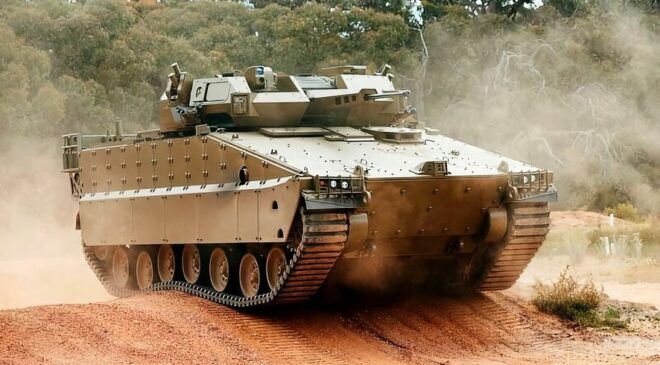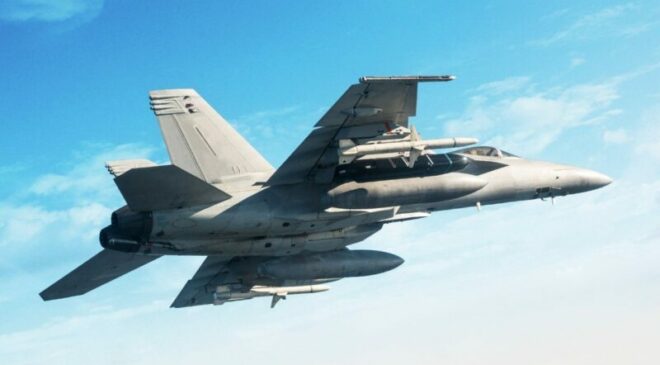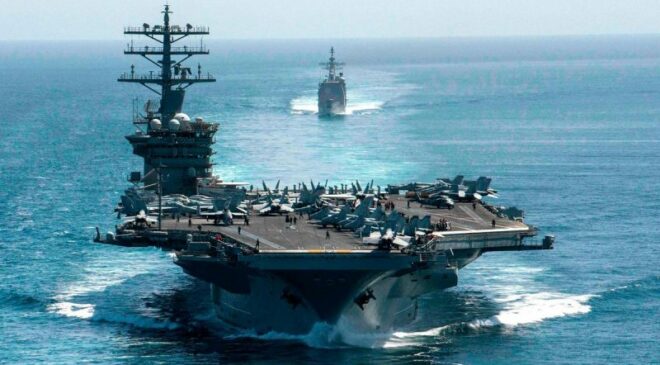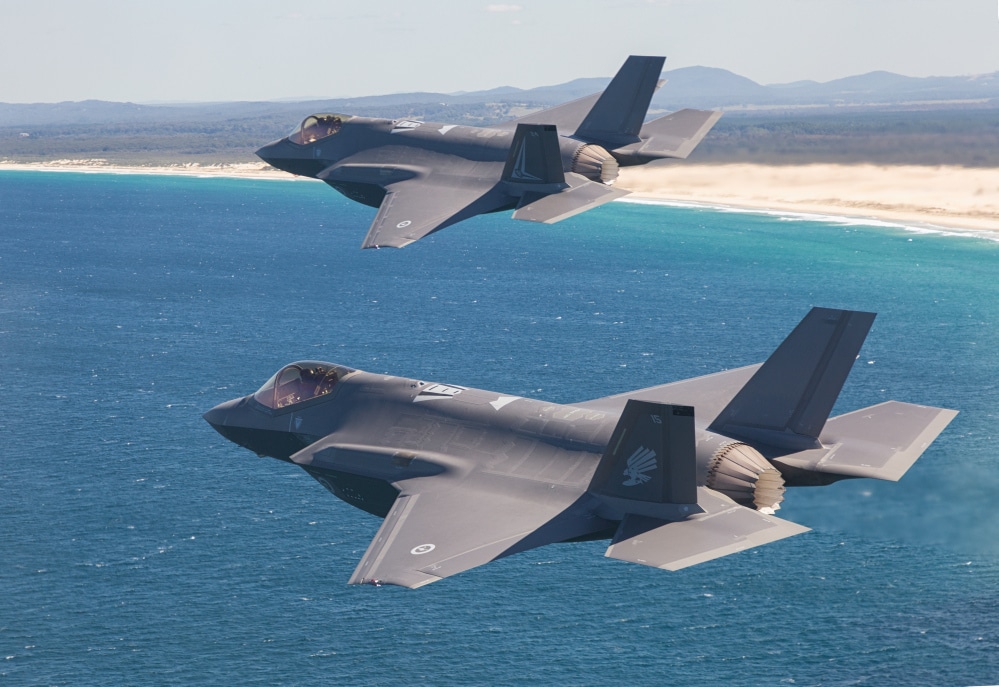In this section:
For two years, and the official announcement of theAUKUS alliance bringing together Australia, the United Kingdom and the United States, then the joint nuclear attack submarine program SSN-AUKUS, the Australian authorities are operating, so to speak, in a state bordering on schizophrenia regarding the country's military programming.
On the one hand, are they dithyrambic and exalted when it comes to praising the future potential of eight new Royal Australian Navy SSNs, 3 to 5 Virginia-class ships which will be acquired from the United States, and 3 to 5 new generation submarines (for a total of eight ships) designed jointly with the United Kingdom, with technological support Americans.
Hunter class frigates, IFV AS21 Redback and F-35A: the list of program cuts is growing in Australia
On the other hand, they continue to lower the ambitions of their other equipment programs. This is how, last April, the LAND 400 program which aimed to acquire 450 new infantry fighting vehicles for the Australian Army, was divided by 3 and reduced to 150 units, in this case, South Korean AS-21 Redback preferred to the German KF41 Lynx.
A few weeks ago, at the beginning of September, it was the turn of the Hunter class frigate program to be threatened on budgetary reasons, without knowing at the moment whether it will simply be reduced in size, or canceled in order to turn to a less expensive ship model than the British Type 26 chosen so far.

This week, according to the Janes website, a new threat to a major Australian program has emerged. Indeed, the Royal Australian Air Force aims to launch, during this decade, a program aimed at replacing the 24 F/A-18 F Super Hornets currently in service, with around thirty additional F-35A Lighting 2s as part of the AIR 6000 program, moreover already in service in the country with 60 later, plus 12 on order.
This program naturally aimed to homogenize the Australian fighter fleet, even if the 12 EA-18G Growler electronic warfare aircraft, also in service, seemed to have to be preserved.
In addition, the Royal Australian Air Force seemed particularly satisfied and convinced of the capabilities of the Lockheed-Martin fighter, and of its operational added value compared to older aircraft, such as the Super Hornet.
However, according to information obtained by the specialized site Janes, everything now suggests that this ambition will not be realized, at least not during this decade. Questioned by the site on this subject, the Australian Ministry of Defense indicated that no decision had been taken, but that, on the other hand, Australian Super Hornets would continue to be modernized in the years to come.
Preserve the F/A-18 Super Hornet to implement the AGM-158C LRASM missile
This declaration must be put into perspective of the conclusions and recommendations of the new strategic review made public a few weeks ago, which plans to continue to use the RAAF's F/A-18 F at least until 2027, notably to implement anti-ship munitions AGM-158C Long-Range Anti-Ship Missile or LRASM, which the F-35A is currently incapable of.
It remains that beyond the previous argument which has only a limited scope since both the AGM-158C LRASM and the Joint Strike Missile JSM are being integrated into Block 4 of the F-35 in front of to be operational by the middle of next year, an obvious dynamic aimed at containing, or even reducing certain expenditure linked to major programs, is underway.

And a non-exhaustive list is now emerging of all the equipment and means which the Australian armies will have to give up, in order to actually be able to equip themselves with these eight nuclear attack submarines.
Surprisingly, the subject has never been presented in this aspect, neither to Australian parliamentarians, nor to the country's public opinion. To date, the proposed argument is content to highlight the added value of nuclear-powered submarines, compared to conventionally powered and AIP submarines.
The expected advantages and added value of the SSN-AUKUS program
However, it is obvious that the former offer significantly better performance and capacities than the latter. In fact, the 8 SSN Virginia and SSN-AUKUS Australians to come will undoubtedly have many advantages and strengths, compared to the SSKs that they replace, whether it is the Collins currently in service, or other models, including including the previously ordered Shortfin Barracuda.
SSNs are indeed, considerably faster and have a theoretically unlimited diving autonomy, which allows them to reposition very quickly and discreetly, at the request of the Admiralty. In addition, this speed allows them toaccompany and escort capital ships like nuclear-powered aircraft carriers also evolving at sustained speed.
They finally represent the weapon of choice for engage and destroy opposing nuclear-powered submarines who, too, can take advantage of their speed to avoid an engagement if necessary. Thus, Australian SSNs appear to be an undeniable asset for the Royal Australian Navy, at least at first glance.

The needs and constraints of the Australian Navy
However, these assets are used today primarily by countries with capital Ships to escort, such as American, British, Chinese and French aircraft carriers and major assault ships, or for very specific needs, such as the the elimination of SSBNs and the strike of naval convoys, as for Russia. Australia, on the other hand, has no neither deterrence nor Capital Ship to protect, and doesn't even have any real power projection capabilities to escort.

75% of this article remains to read,
Subscribe to access it!
The Classic subscriptions provide access to
articles in their full version, and without advertising,
from 6,90 €.
Newsletter subscription
Register for the Meta-Defense Newsletter to receive the
latest fashion articles daily or weekly


[…] For two years, and the official announcement of the AUKUS alliance bringing together Australia, the United Kingdom and the United States, then of the submarine program […]